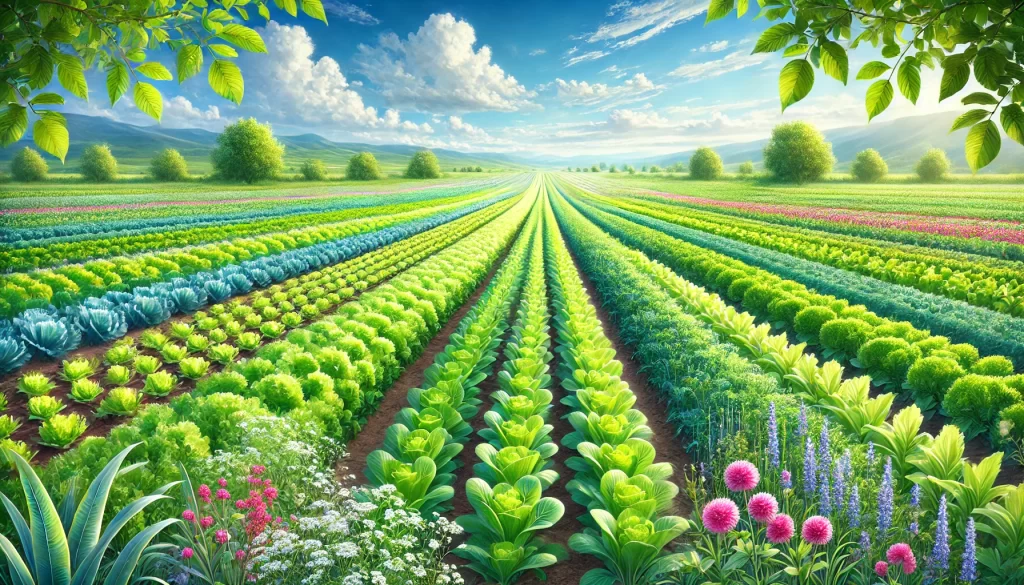The Seasons and Their Role in Agriculture
Agriculture is a practice that deeply depends on seasonal changes. Each season of the year —spring, summer, autumn, and winter— offers different climatic conditions that influence the growth, development, and productivity of crops. Farmers plan their plantings, harvests, and soil care according to these seasons, taking full advantage of the benefits and minimizing the challenges of each one. This article specifically explores spring, a key season for germination and the growth of many crops, and provides practical recommendations to optimize agricultural production during this season.

Spring: Renewal and Growth in the Field
Spring is known as the season of renewal, characterized by a gradual increase in temperatures, longer days, and more sunlight. These conditions promote vigorous growth in many plants, which is why this season is ideal for starting the planting of numerous crops, both vegetables and fruits.
Climatic Features of Spring
- Temperature: Mild, with a progressive increase.
- Precipitation: Higher in certain regions, contributing to good soil moisture.
- Sunlight: More hours of sunlight, essential for photosynthesis and plant growth.
Recommended Crops for Spring
During spring, it is recommended to plant fast-growing crops and those that require moderate temperatures. Below are some crops that tend to thrive in this season.
Vegetables
Fruits
- Strawberries
- Melons
- Watermelons
Legumes
- Beans
- Peas

These crops benefit from the temperate climate and moisture that characterize spring. It is important to choose local varieties adapted to the specific conditions of each region.
Fertilization Practices in Spring
During spring, it is crucial to apply fertilizers that promote initial growth and strengthen the root system. Below is a table with fertilization recommendations for the main crops of this season.
| Crop | Main Nutrient | Recommended Dose | Application Method |
|---|---|---|---|
| Carrot | Nitrogen | 60 kg/ha | Applied in the furrow |
| Lettuce | Phosphorus | 40 kg/ha | Incorporated into the soil |
| Spinach | Potassium | 50 kg/ha | Foliar application |
| Strawberries | Nitrogen and Calcium | 70 kg/ha | Applied at the start of flowering |
| Melon | Phosphorus and Potassium | 80 kg/ha | Applied during planting and flowering |
Soil Preparation and Irrigation Management in Spring
The soil should be well prepared to make the most of the growing season. Light tilling and the incorporation of organic matter help improve soil structure. Additionally, spring is an ideal time to monitor moisture levels and adjust irrigation according to crop needs. The amount of water and frequency should be adapted to climatic conditions and crop type, avoiding excessive watering that may affect root development.

Pest and Disease Control
With the increase in temperature and humidity, some pests and diseases tend to be more active in spring. It is advisable to implement biological control practices, such as the use of beneficial insects, traps, and crop rotation to minimize the impact of pests.
Taking advantage of the favorable conditions of spring is key to optimizing agricultural production. With good crop selection, appropriate fertilization practices, and efficient water and pest management, farmers can maximize the yield of their land during this time of year.
 AgronoBlog – Agriculture Blog
AgronoBlog – Agriculture Blog